
Alumina ball bulk density
The bulk density of alumina balls is an important physical property, which is directly related to the aluminum oxide content, shape, type and bulk mode of alumina balls. According to different application requirements and production processes, the bulk density of alumina balls will vary.
Definition of bulk density:
The bulk density of alumina balls refers to the ratio of the mass of alumina balls to the volume in a certain volume, usually expressed in grams/cubic centimeters (g/cm³).
Inert alumina porcelain ball bulk density
The aluminum content of ordinary porcelain balls is 17%-30%, and the bulk density is 1.35g/cm3
Low aluminum porcelain ball aluminum content in 40%-75%, 45 aluminum content, bulk specific gravity of 1.5g/cm3
Aluminum ceramic ball content in 46-70% aluminum content, 70 aluminum, bulk specific gravity in 1.6g/cm3
The aluminum content of high-aluminum porcelain balls is 71-90%, 80% inert balls, and the bulk gravity is 1.7g/cm3
Corundum porcelain balls contain more than 90 aluminum, such as 90-92 aluminum balls, with a bulk density of 1.9g/cm3
99 alumina balls, bulk specific gravity of 2.1g/cm3
Summary: The bulk density of alumina balls is affected by many factors, including the content of alumina, the porosity and microstructure of porcelain balls. By adjusting the production process parameters, such as sintering temperature and holding time, the porosity of porcelain balls can be controlled, and the density and performance can be affected.

Apply
Application in the reactor: As the covering support material of the catalyst in the reactor, it can increase the distribution point of gas or liquid, make the reaction material evenly distributed, fully contact the catalyst, and improve the reaction efficiency. At the same time, the active catalyst with low strength is protected to prevent it from breaking or wearing due to fluid impact and other factors during the reaction process, and the service life of the catalyst is extended.
Application of bulk: used as bulk in petrochemical distillation tower, absorption tower, extraction tower and other tower equipment, using its large specific surface area and good fluid mechanical properties, enhance the gas-liquid phase mass transfer, heat transfer effect, improve the efficiency and accuracy of separation, purification and other processes.
Application of grinding medium: With high hardness and wear resistance, it is used to grind and crush petrochemical raw materials or products, such as in the production process of paint, ink, etc., to grind and disperse pigments, fillers, etc., which can improve the grinding efficiency, ensure product quality, and do not introduce impurities.

Factors affecting the bulk density of alumina balls:
Alumina composition content: The bulk density of alumina balls is closely related to its alumina composition content. The higher the composition, the higher the bulk density of porcelain balls, the stronger the compressive strength and high temperature resistance.
Molding method: Different molding methods will affect the density of alumina balls. For example, dry pressing, injection molding and extrusion molding, etc., different molding methods will affect the density of alumina ceramics in different ways.
Size: Inert alumina porcelain ball specifications usually have 3mm, 6mm, 9mm, 13mm, 15mm, 18mm and 25mm and other sizes, different specifications of porcelain balls have different surface area and porosity, which affects its bulk density and catalytic effect.
Bulk specific gravity: The bulk specific gravity of inert alumina porcelain balls is usually about 1.3g/cm³, which is one of the important reasons for its high bulk density and good physical properties.
Filling method: Different filling methods (such as natural bulk, vibration bulk, pressure bulk, etc.) will result in different bulk density and filling rate.
Summary: Alumina composition: The bulk density of alumina balls is closely related to the content of alumina composition. The higher the composition, the higher the bulk density. For example, corundum porcelain balls have a relatively high bulk density due to their high alumina content (≥90%).


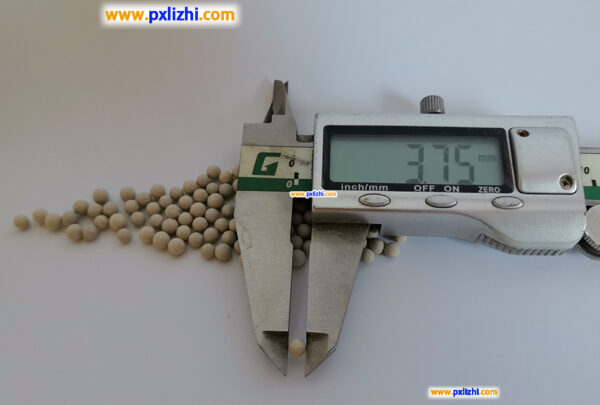
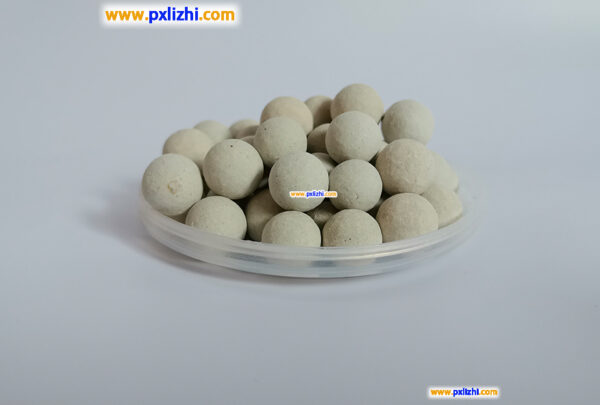


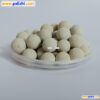
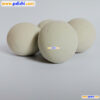
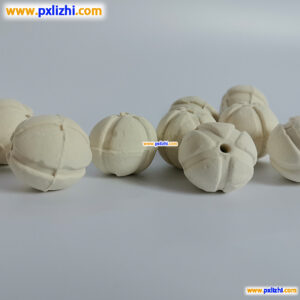
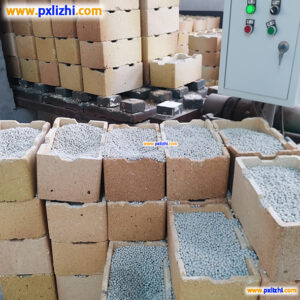


Reviews
There are no reviews yet.